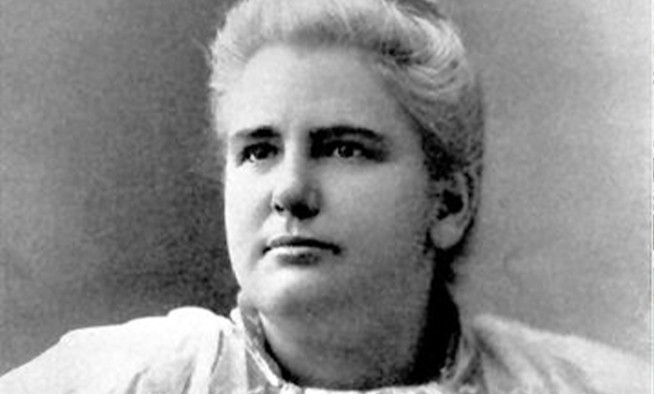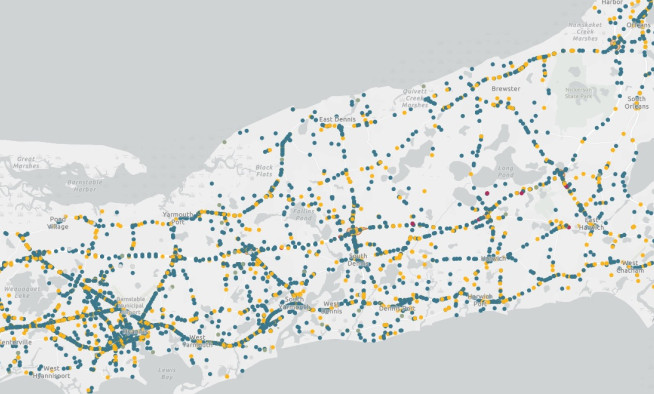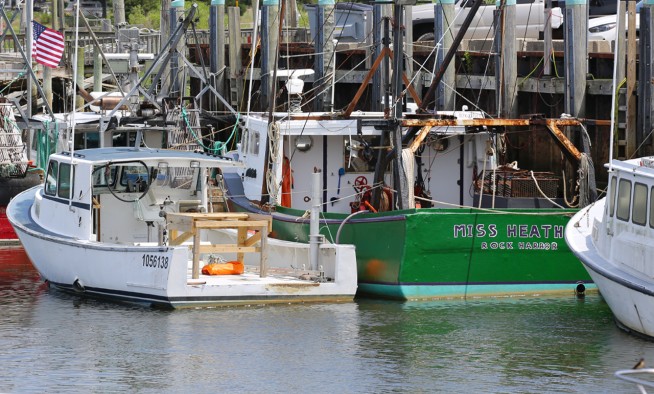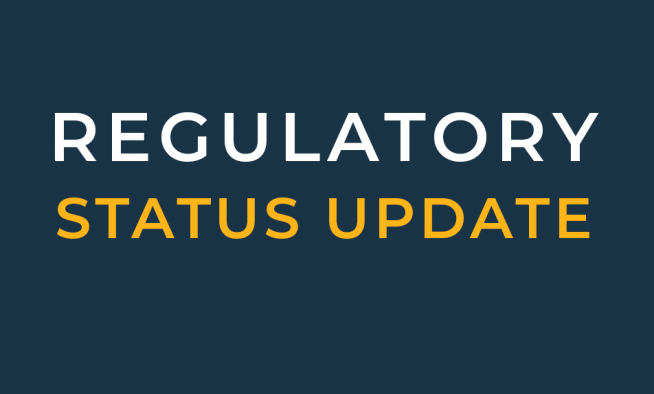Monitoring Fresh Water on Cape Cod
In 2001, a coalition of groups interested in protecting ponds received a $30,000 grant from the Massachusetts Watershed Initiative to develop a Cape Cod pond stewardship strategy, known as the Ponds and Lakes Stewardship (PALS) project. The Cape Cod Pond and Lake Atlas, published by the Cape Cod Commission in 2003, provided a status report on the program and is the most recent region-wide look at pond water quality.
Since the Atlas was published, groups of citizen volunteers, town staff, and research scientists have continued to collect pond water quality data on an annual snapshot basis at a subset of the ponds sampled in the early 2000’s.
Monitoring programs generally collect samples which are analyzed for a standard suite of water quality parameters for freshwater ponds. These include dissolved oxygen, temperature, clarity, chlorophyll a, alkalinity, pH, total nitrogen, and total phosphorous. Specific programs may also monitor for other parameters of specific interest, such as cyanobacteria.
Water quality data collected from freshwater ponds can be used to track the health of ponds over time, design restoration plans to improve the health of impacted ponds, and determine when certain water-based activities should be limited to maintain safety or public health.
A lack of data makes it difficult to understand the biggest threats to most Cape Cod ponds. At its peak, volunteer monitoring collected samples from over 200 ponds - approximately one-fifth of the ponds on Cape Cod. In addition, the nature of sampling results in a single snapshot measurement, which allows for an understanding of year-to-year changes, but not about how a pond changes throughout a single year and whether those patterns are changing over time.
Phosphorus loading from septic systems and stormwater is a concern, as are potential increases in water temperature due to climate change. Both of these contribute to eutrophication and may lead to conditions that favor larger and more frequent cyanobacteria blooms.
Each of the 996 ponds on Cape Cod has unique characteristics, and there can be many drivers that lead to declining water quality. Having sufficient water quality data allows for better understanding of the specific factors impacting a particular water body, and more targeted restoration treatments that maximize effectiveness and minimize cost.
Related Posts




